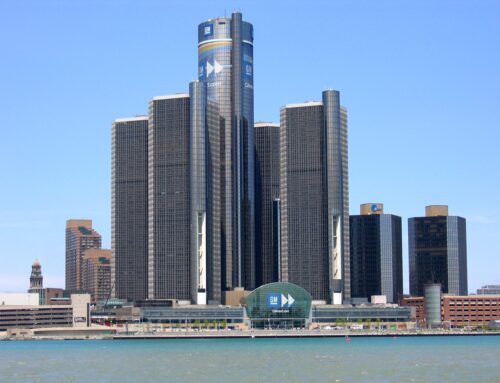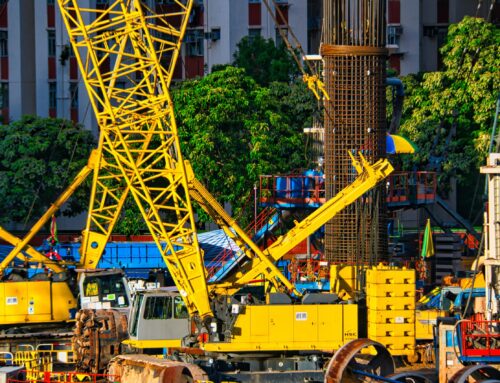Description and Details
Quang Nam is a mostly rural region, with a total population of 1.4 million of which 80% live in rural areas. Vietnamese farmers, particularly those in the flood-prone region of Quang Nam, tend to be poor and vulnerable to economic hardship. This is compounded by the fact that Vietnam and the region of Quang Nam specifically have a high flood risk, meaning that economic stability becomes rather difficult to accomplish. While measures can be taken to help communities recover after flooding, for example with flood insurance, these poor communities can often not afford the cost of such measures. In this way, the cycle of poverty in Quang Nam can be devastating.
This is not to say that flooding is not a beneficial occurrence — many farming communities in this region rely on floods to fertilize their land. However, with a lack of community planning and resources, these floods can nevertheless be incredibly destructive.
Vietnam is a developing country, and this fact means that economic hardships can become even more difficult for communities to recover from than they would be in the developed world. This also means that their ability to respond to and mitigate the damage caused by flooding can be lackluster. The cycle of poverty, then, can work on a much larger scale — the economic state of Vietnam limits the country’s ability to respond to flooding, and flooding in turn costs the country — in the period between 1990 and 2013, it is estimated that that flooding cost the country around 3.7 billion U.S. dollars.
Flood risk management, therefore, is a technological advancement that could work wonders in the region of Quang Nam, which is located in the tropical monsoon and typhoon zone of Southeast Asia. Flood risk management works by mapping out areas where flooding is the most likely, producing flood hazard assessment maps, which can then be used by a number of people and organizations to help mitigate the effects of and damage caused by flooding. Despite the potential benefits of flood risk management in Quang Nam, it has only been implemented on a limited scale. This is because the majority of the usage of these techniques are in Western countries, particularly in Europe. As an example of the failure to implement this technique, before the year 2009, flood duration had not been considered in addressing the impact of flooding on the area. This is in direct contradiction to the fact that flood duration has a direct correlation to the severity of damage that ends up being caused by flooding.
Currently, the individuals with the most impact over flood management in Quang Nam are the local governmental committees of Natural Disaster Prevention and Control and Search and Rescue, committees that are located on the provincial and commune levels. Several other groups work on accumulating data, such as Vietnam’s Institute of Geography and Water Resources Planning Institute. However, again, the work these organizations have done to address flooding, while substantial, is lacking in key areas; none of the studies conducted by these organizations about extreme flooding events in Quang Nam addressed the impact of these floods on agriculture. This is contrary to the fact that Quang Nam is an extremely rural, farming-subsistence based area, and flooding can have devastating effects on farming communities due to destruction of crops and livestock.
This is not to say that substantial efforts have not been made both on a local and international scale to assist Quang Nam and Vietnam as a whole in regards to flooding events, and legal measures have been taken to assist in the mitigation of the destruction of floods. This includes the 2020 Vietnamese governmental act the National Strategy for Natural Disaster Prevention, Response and Mitigation. This act emphasized a more community-centered approach to flood mitigation.
Some of the actions that have been taken to address the flooding, however, are ones that have little to do with the reasons flooding occurs in the first place. For example, one of the major actions that the Vietnamese government has taken is addressing deforestation. While this is certainly an important issue that needs to be addressed, the fact of the matter is that there are a limited number of resources available in the area, and efforts spent on forest protection and reforestation take up these resources while not addressing the actual causes of the worsening floods.
There is strong evidence, however, that unsustainable agricultural practices and inappropriate developmental actions have resulted in a substantial increase in flood risk. Additionally, while natural resource management can help to address and reduce the severity of hazardous flooding events, watershed and river-basin management are much more likely to be able to effectively address these events. This mismanagement by authorities, then, results in these floods continuing to worsen.
It is important to note that flooding has gotten worse in recent years directly due to the effects of climate change. In fact, Vietnam is ranked as one of the top five nations in the world worst affected by climate change. This increase has been going on for over twenty years now — remarkably, the flood events in 1996, 1998, and 1999 all either set, or matched, previous records for water levels during these flooding events.
CEE subjects: Environmental Engineering, Geotechnical Engineering, Hydraulics and Hydrological Engineering, Earth Systems, Environmental Policy and Sustainable Infrastructure
Discussion Questions
- Why would the Vietnamese government have focused their attention on reforestation instead of actions that are more likely to work?
- If you were an engineer that was a part of a company tasked to help mitigate the extreme flooding in Quang Nam, what would be your first steps? What factors would you consider in your decision making? Would any solutions include a more community focused or hands on approach with programs teaching locals how to mitigate the floods or how to alert when flooding conditions may arise?
References
- Peer reviewed articles
- https://link.springer.com/article/10.1007/s11069-017‑3083‑0
- https://link.springer.com/article/10.1007/s11069-014‑1395‑x
- https://www.sciencedirect.com/science/article/pii/S030147971000157X?via=ihub
- https://link.springer.com/article/10.1007/s11027-012‑9433‑z
- https://www.sciencedirect.com/science/article/abs/pii/S0143622813000805?via%3Dihub




Leave A Comment